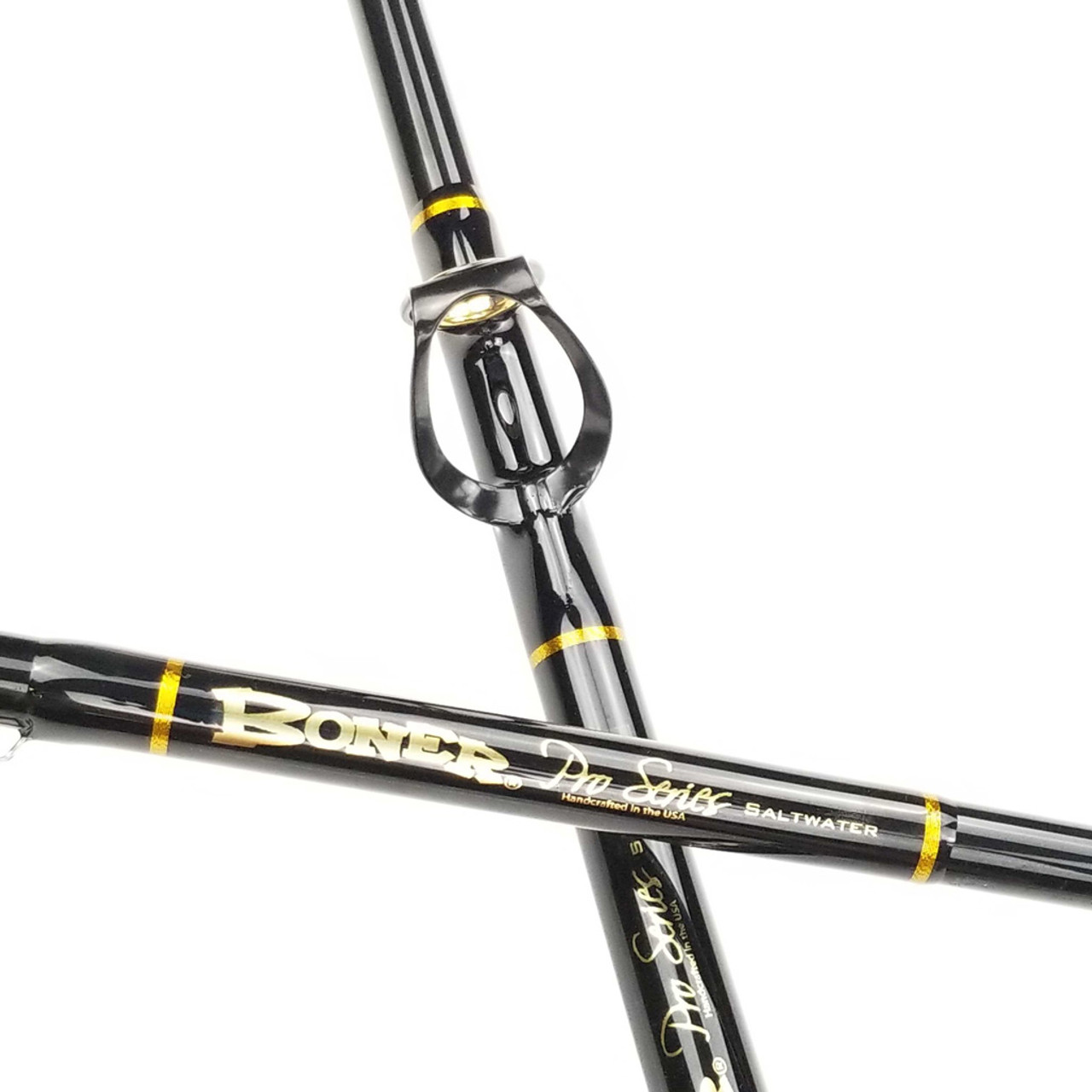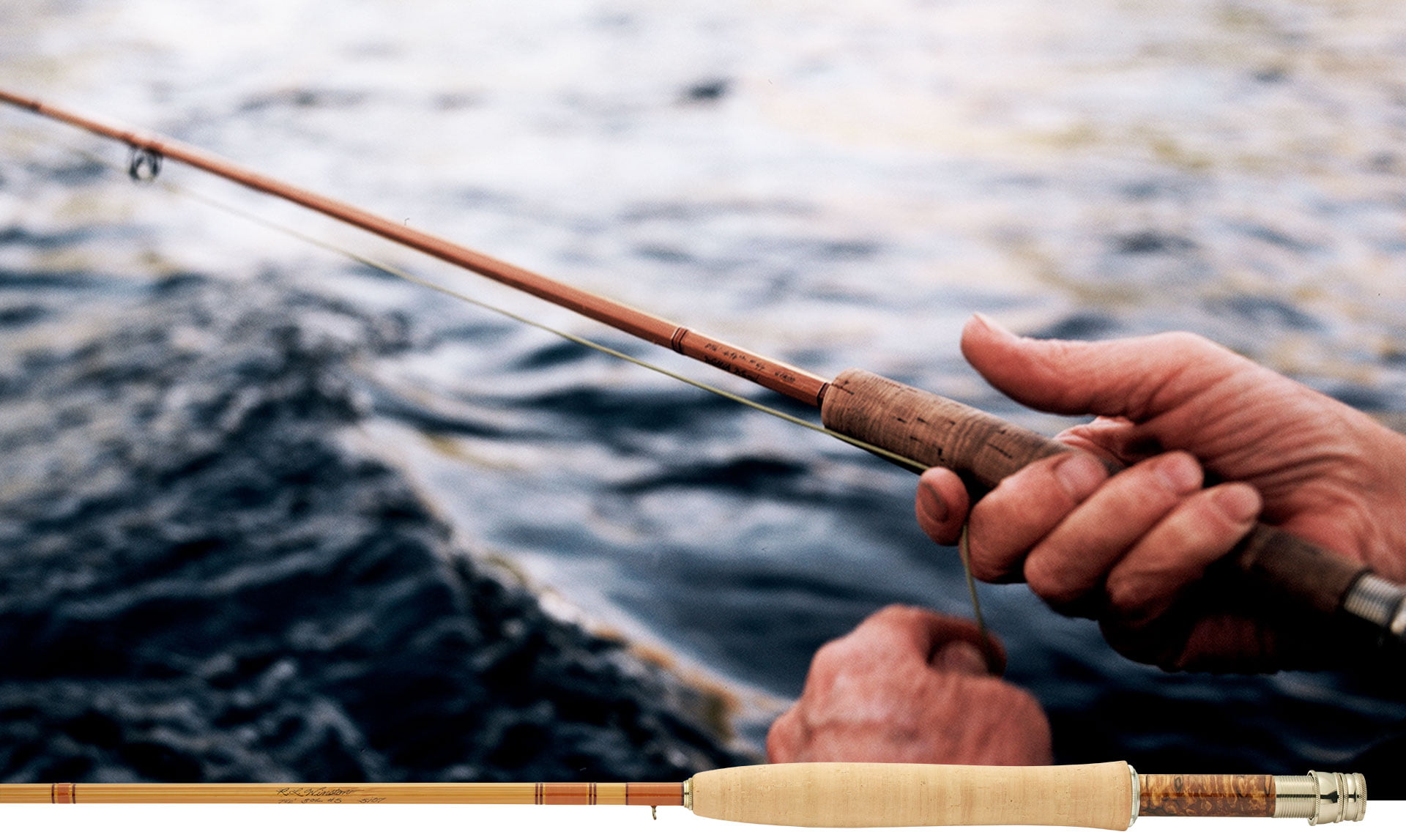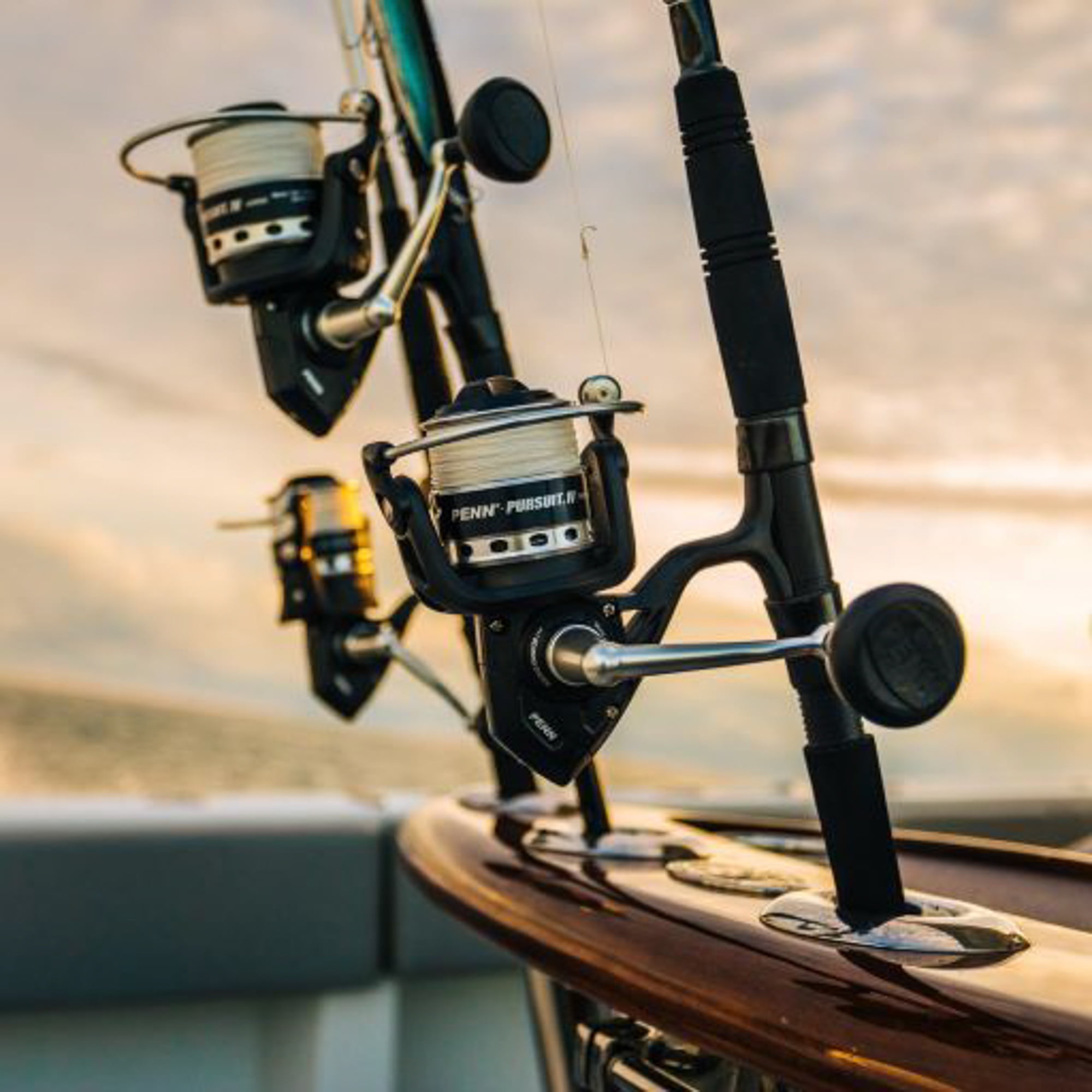How to string a fishing pole for beginners? The act of stringing a fishing pole is a fundamental skill that every aspiring angler must acquire. Whether you’re a seasoned fisherman or a complete beginner, the ability to properly set up your rod and reel can make all the difference in your success and enjoyment on the water. However, for those new to the sport, the process of stringing a fishing pole can seem daunting, filled with unfamiliar terminology and techniques.
Fear not, for in this comprehensive guide, we will walk you through the step-by-step process of stringing a fishing pole, from start to finish. With clear instructions, visual aids, and expert tips, you’ll be empowered to confidently tackle this essential task and take your first steps towards becoming a masterful angler. Whether you’re gearing up for your very first fishing expedition or simply seeking to refine your skills, this article will equip you with the knowledge and confidence to string your fishing pole like a pro.
Prepare to unlock the secrets of stringing a fishing pole and embark on a journey towards fishing prowess and success.

How to string a fishing pole for beginners? Understanding the Fishing Pole Components
Before diving into the stringing process, it’s essential to familiarize yourself with the various components that make up a fishing pole, as each plays a crucial role in the overall setup and functionality.
The Fishing Rod
The fishing rod is the primary tool that will be the focus of your stringing efforts, serving as the foundation for the entire setup.
Rod Material and Construction
Fishing rods can be made from a variety of materials, including graphite, fiberglass, or a combination of both, each with its own unique characteristics and performance benefits.
Rod Length and Power
The length and power of the fishing rod will determine its suitability for specific fishing techniques and target species.
The Reel and Reel Seat
The reel, which houses the fishing line, is a crucial component that must be properly mounted and secured to the fishing rod.
Reel Types and Characteristics
Familiarize yourself with the different types of fishing reels, such as baitcast, spinning, or fly reels, as each requires a slightly different stringing process.
Reel Seat and Mounting
The reel seat is the designated area on the fishing rod where the reel is secured, ensuring a stable and secure connection.
The Fishing Line
The fishing line is the vital link between the rod, the reel, and the lure or bait, and its proper selection and threading is crucial.
Line Material and Strength
Fishing lines come in a variety of materials, including monofilament, fluorocarbon, and braided, each with its own unique properties and performance characteristics.
Line Capacity and Spooling
Understanding the appropriate line capacity for your fishing rod and reel, as well as the proper spooling technique, is essential for a successful setup.
How to string a fishing pole for beginners? Step-by-Step Guide to Stringing a Fishing Pole
With a solid understanding of the fishing pole components, let’s dive into the step-by-step process of stringing your rod and reel, ensuring a secure and functional setup.
Preparing the Fishing Rod
The first step in stringing your fishing pole is to properly prepare the rod, ensuring a stable and secure foundation for the rest of the setup.
Examining the Rod Guides
Carefully inspect the rod guides, which are the small loops along the length of the rod, to ensure they are in good condition and properly aligned.
Cleaning and Lubricating the Rod
Wipe down the rod with a clean, dry cloth, and consider applying a light lubricant to the guides to minimize friction and wear on the fishing line.
Mounting the Reel
Once the rod is prepared, it’s time to secure the reel to the rod, creating a seamless and integrated fishing setup.
Positioning the Reel Seat
Carefully align the reel with the reel seat, ensuring the reel is centered and seated properly.
Securing the Reel to the Rod
Tighten the reel clamp or reel seat lock nut to firmly attach the reel to the rod, preventing any unwanted movement or slippage.
Threading the Fishing Line
With the rod and reel assembled, the final step is to carefully thread the fishing line through the guides and onto the reel, creating a smooth, unobstructed line of action.
Attaching the Line to the Reel
Begin by securely tying or clamping the fishing line to the reel’s spool, ensuring a tight and reliable connection.
Guiding the Line Through the Guides
Slowly and methodically thread the fishing line through each of the rod’s guides, maintaining a gentle, even tension to prevent tangles or kinks.
Spooling and Adjusting the Line
Carefully spool the remaining line onto the reel, ensuring an even and properly tensioned wrap, and make any necessary adjustments to the line’s position or tightness.
How to string a fishing pole for beginners? Troubleshooting and Maintenance
Even with a solid understanding of the stringing process, unexpected challenges may arise. By familiarizing yourself with common troubleshooting techniques and maintenance practices, you can ensure the longevity and optimal performance of your fishing pole setup.
Identifying and Addressing Common Issues
Regularly inspect your fishing pole setup for any signs of wear, damage, or improper alignment, and be prepared to address these issues proactively.
Line Tangles and Knots
Understand how to quickly identify and untangle any knots or tangles that may occur in the fishing line.
Reel Malfunctions and Adjustments
Learn to recognize and troubleshoot any issues with the reel, such as poor drag performance or line feed problems.
Proper Maintenance and Storage
Adopting a routine of proper maintenance and storage practices can extend the lifespan of your fishing pole and ensure its continued reliability.
Cleaning and Lubricating the Components
Regularly clean and lubricate the various components of your fishing pole, including the guides, reel, and line, to prevent wear and corrosion.
Storing the Fishing Pole Correctly
When not in use, store your fishing pole in a safe, secure, and climate-controlled environment to protect it from damage and deterioration.
Upgrading and Customizing Your Fishing Pole
As your skills and preferences evolve, you may consider upgrading or customizing your fishing pole setup to better suit your needs.
Selecting Appropriate Replacement Parts
Research and invest in high-quality replacement components, such as rods, reels, or lines, that align with your fishing style and target species.
Exploring Personalization Options
Embrace the opportunity to personalize your fishing pole with custom grips, wraps, or other aesthetic enhancements to make it truly your own.
Conclusion: Unlock Your Fishing Pole Stringing Prowess
Mastering the art of stringing a fishing pole is a fundamental skill that empowers anglers of all skill levels to take control of their fishing experience. Through this comprehensive guide, you have unlocked the secrets to properly assembling and maintaining your fishing pole, laying the groundwork for a lifetime of successful and enjoyable fishing adventures.
From understanding the essential components of a fishing pole to navigating the step-by-step stringing process, you now possess the knowledge and confidence to approach this task with a sense of proficiency and self-assurance. Whether you’re a beginner eager to embark on your first fishing expedition or a seasoned angler seeking to refine your setup, the insights and techniques presented in this article will empower you to tackle the stringing of your fishing pole with ease and precision.
As you continue to hone your fishing pole stringing skills, remember to approach each task with a keen eye for detail, a willingness to troubleshoot and problem-solve, and a commitment to proper maintenance and care. By doing so, you’ll not only enhance the performance and longevity of your fishing pole but also cultivate a deeper appreciation for the art of angling.
Unlock your fishing pole stringing prowess and let it be the catalyst that propels you towards a lifetime of rewarding, productive, and exhilarating fishing experiences. Embrace the journey of mastering this essential skill, and let it be the foundation upon which you build your reputation as a skilled and confident angler.
